For decades, scientists believed that decision-making in the brain was governed by a handful of specialized regions—areas like the prefrontal cortex and the posterior parietal cortex. But a revolutionary new study is turning that idea on its head. Using cutting-edge imaging and single-cell resolution mapping, researchers have created the first complete brain-wide map of decision-making in mammals—and what they found is rewriting neuroscience textbooks.
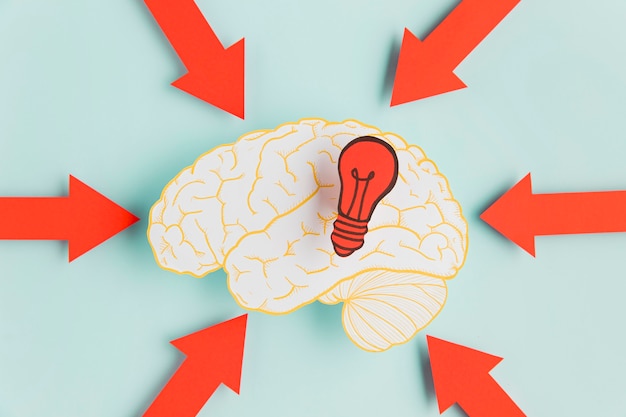
A high-resolution map showing widespread neural activity during decision-making across the mammalian brain.
Published in a landmark pair of studies, scientists have successfully tracked neural activity across nearly the entire mouse brain during decision-making tasks. Mice were trained to turn a tiny steering wheel to move a visual target on a screen, making choices based on sensory cues. Using advanced calcium imaging and machine learning, researchers monitored the activity of over 600,000 individual neurons in real time.
The results were astonishing: decision-related signals weren’t confined to a few key areas. Instead, they emerged across 95% of the brain, from regions traditionally linked to movement and vision to those involved in memory, emotion, and even basic physiological regulation.
Previously, much of the focus in decision neuroscience centered on the prefrontal cortex—the brain’s executive control center. While this region remains crucial, the new data shows it’s just one node in a vast, distributed network.
Even areas like the thalamus, cerebellum, and sensory cortices—once thought to handle only reflexive or perceptual tasks—showed clear decision-related activity. This suggests that decision-making isn’t a top-down process led by a single command center, but rather an emergent property of widespread brain communication.
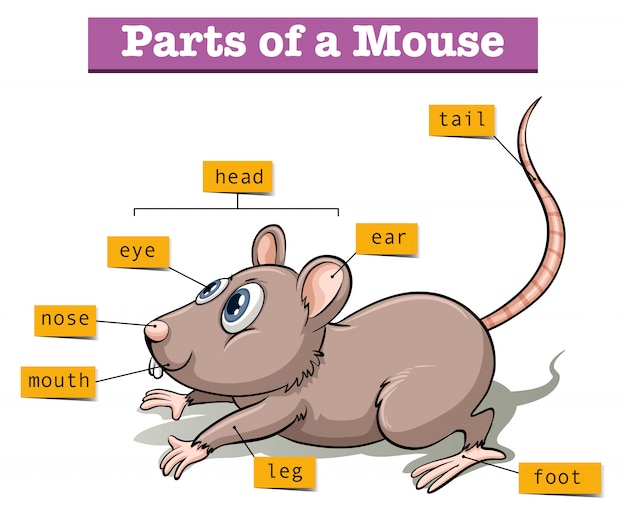
Mice performing decision tasks helped scientists map brain-wide neural activity.
The findings support a growing theory in neuroscience: the brain operates as a highly integrated network, where even seemingly unrelated regions contribute to complex cognitive functions. Decision-making, it appears, is not a localized event but a dynamic process that recruits resources across the entire organ.
This distributed model helps explain why brain injuries in unexpected areas can affect judgment, risk assessment, or impulse control. It also underscores the brain’s remarkable adaptability—when one region is impaired, others may compensate by increasing their involvement in decision circuits.
While the study was conducted in mice, the implications for human neuroscience are profound. The mammalian brain is highly conserved across species, meaning these findings likely reflect similar processes in humans.
This new map could accelerate research into neurological and psychiatric conditions where decision-making is impaired—such as schizophrenia, addiction, depression, and dementia. By understanding how decisions emerge across the brain, scientists may develop more targeted therapies that address network-wide dysfunction rather than isolated regions.
Complementary research into dopamine activity has shown that this neurotransmitter—long associated with pleasure and reward—plays a nuanced role in shaping decision-making over time. Real-time mapping reveals dopamine signals help the brain learn from outcomes, reinforcing successful choices and discarding poor ones.
This learning mechanism appears to interact with the widespread decision network, fine-tuning responses based on experience. It’s not just about making a choice in the moment—it’s about how the brain adapts its entire network to make better choices in the future.
This study marks the beginning of a new era in systems neuroscience. With the ability to map whole-brain activity at single-cell resolution, researchers can now explore how other cognitive functions—like memory, attention, and emotion—emerge from distributed networks.
Future work will focus on decoding how different brain regions communicate during decisions, how internal states like hunger or fatigue influence the network, and how artificial intelligence can model these complex dynamics. The ultimate goal? A full computational model of the living brain in action.
The discovery that decision-making spans nearly the entire brain is more than a scientific curiosity—it’s a paradigm shift. It challenges long-held assumptions and opens new pathways for understanding how we think, choose, and act.
As technology continues to reveal the brain’s hidden complexities, one thing is clear: the mind is not a collection of isolated modules, but a symphony of coordinated activity, playing out across billions of neurons in real time.

Health

Health

Health

Health

Health

Health
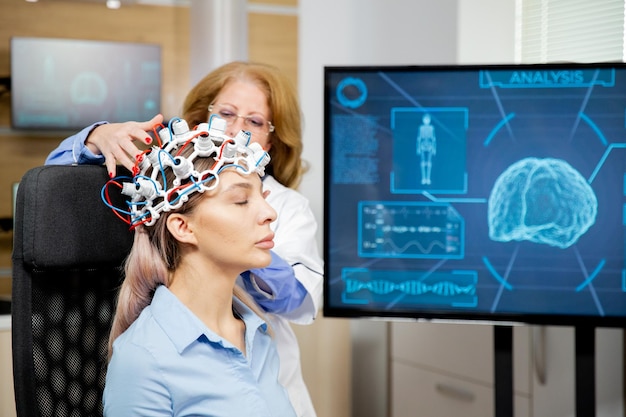
Health
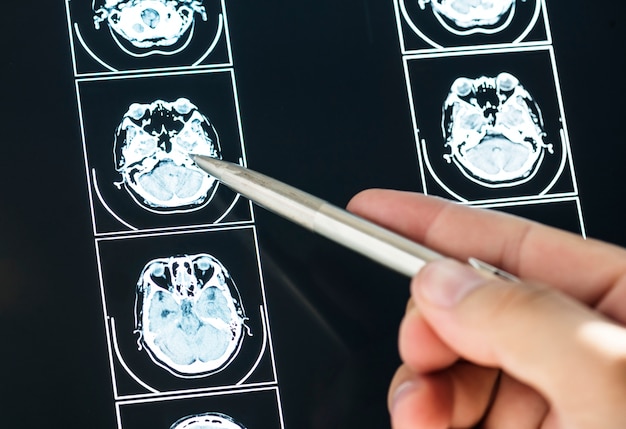
Health
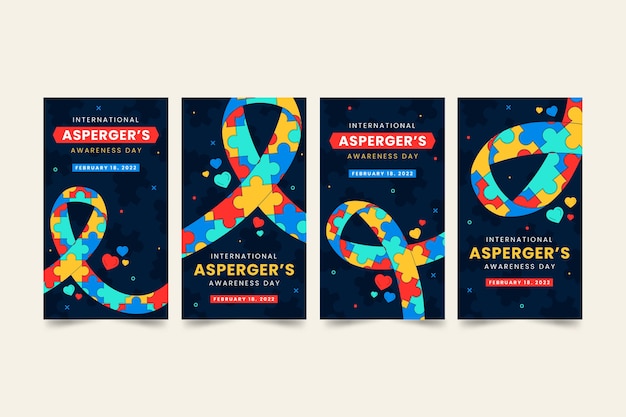
Health
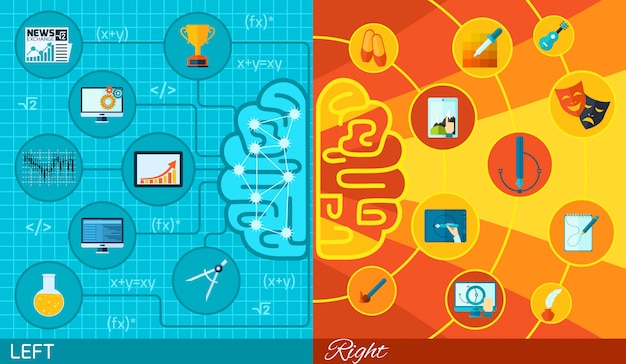
Health

Health

Fitness

Health

Health